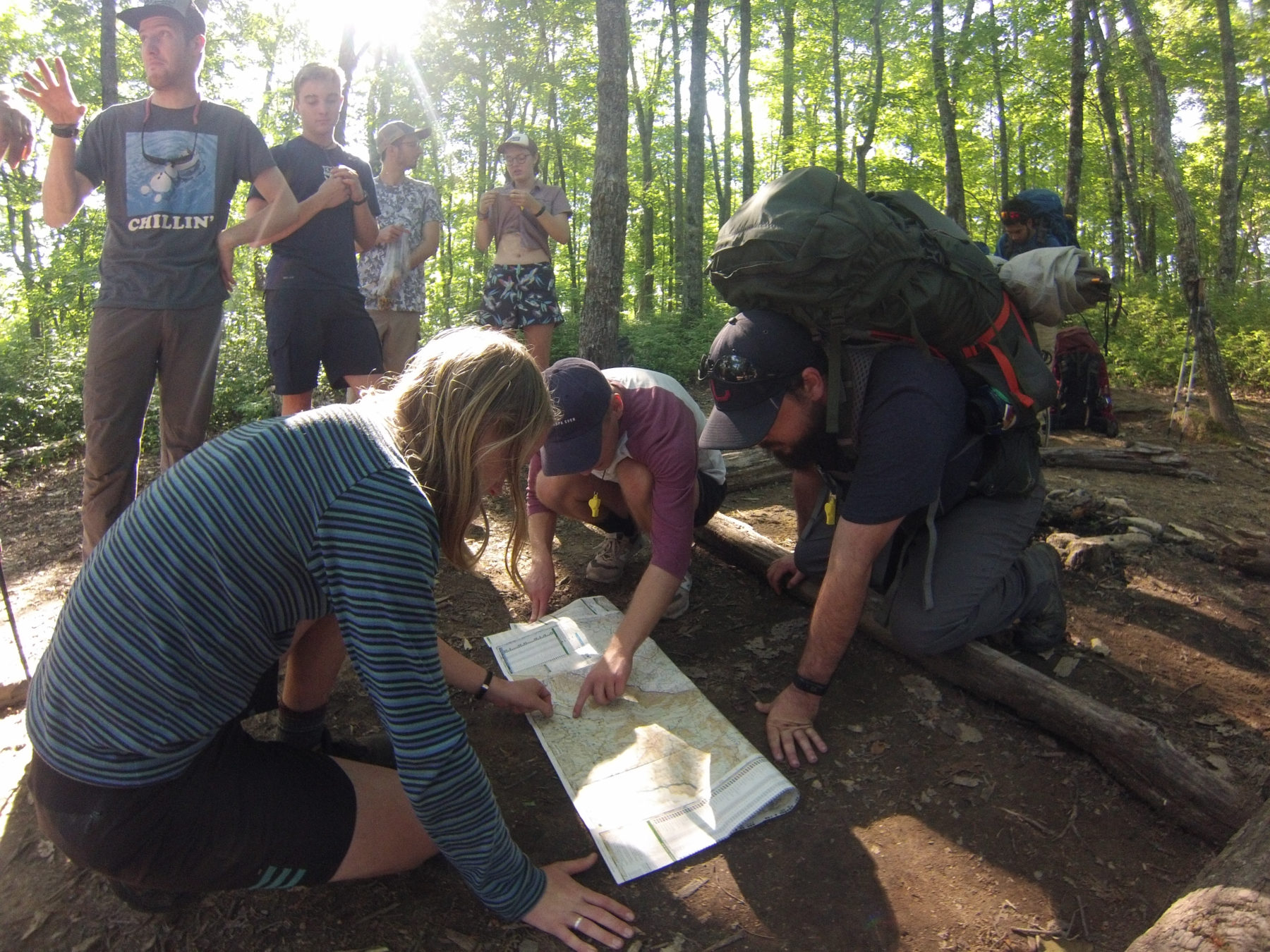by Ed Haubenreiser, Assistant Camp Director
In January of 2020, my dad and I wanted to go on a father-son adventure to celebrate his 60th birthday. We both enjoy traveling to unique landscapes, but prefer calming technical activities over adrenaline boosting ones. In researching where to go, what to do, and how to do it, we came across the National Park Service description for the Boquillas Canyon section of the Rio Grande:
“For visitors with less experience, a relaxing two to four-day river trip through Boquillas Canyon is a great choice. The rapids in this 33-mile journey only rate up to Class II. Camping a couple of nights by the soothing sounds of the river, and marveling at the 1,200ft canyon walls, allow time to forget the daily distractions of life.” 1
Relaxing…Soothing…Rapids that only rate up to Class II. It was exactly what we were looking for. “We’re not trying to impress anybody,” as my dad would preface leading up to the trip.
The result?
Night 1: 70mph winds blew the canoe over my tent, snapping the poles and ripping the rain fly. My dad was in a separate, four-person tent, still upright and intact. Inside of it, we made a T with our paddles and propped it up against the tent wall that was battling the wind. My dad then “slept” at the bottom of the T to hold it in place.
Night 2: As we begin adding ingredients to our one-pot dinner, we turn our heads and discover our camp is in the middle of a cattle route. We scramble out of the way of the herd, re-establish a new camp and kitchen, and go to sleep wondering if the cows will play the role of the wind from the night before.
Day 3: Paddling on the river, we come around a blind turn, immediately approach a fork, hastily choose to go right, and get upended by a strainer that we thought would be more leafy than woody. We held onto our boat and gear amid the chaos…except for our two paddles. We navigate the rest of the river using our one spare paddle and a makeshift paddle comprised of a tree branch and pot lid, secured by duct tape.
~
One of my mentors, who is an avid paddler, has a saying that “We’re all between swims.” This refers to the idea that anyone at anytime has the potential to flip their boat and go in the water, regardless of how “relaxing” or “soothing” a section of river may be. As this is usually the less desirable outcome of water-based trips, it is crucial that such a possibility is planned accordingly. The same planning approach holds true for risks in other adventure settings: an ankle twisting on a hike, a flat tire while biking on a road, or a flying object destroying your tent while you sleep.
The thought of such unfortunate scenarios can create anxiety heading into a trip, but it is that anxiety that allows us to plan affectively because of the situational awareness it brings through the process.2 Further, the ability to understand where our anxiety comes from and how to manage it can help us to navigate situations in the future that would otherwise induce a great deal of stress.2
Despite near-hurricane winds on the first night, my dad and I figured out how to deal with the conditions and still get some rest. Such improvisation in a stressful situation would later help us construct a makeshift paddle that got us safely down the river, in tandem with the spare paddle we were thoughtful enough to bring, regardless of the peaceful river description.
A well-planned trip, no matter how seemingly easy, will always contain a level of uncertainty. However, the effort put into the planning is the same effort used to mitigate the uncertainty that arises.
And often, that uncertainty is the real gift of the trip…even after a birthday.
References
1 National Park Service. (2021, June 29). Floating Boquillas Canyon. https://www.nps.gov/rigr/planyourvisit/boq_cyn.htm
2 Leon, G.R., Sandal, G.M., Fink, B.A., and Ciofani, P. (2011). Positive experiences and personal growth in a two-man North Pole expedition team. Environment and Behavior, 43(5), 710-731. DOI: 10.1177/0013916510375039
